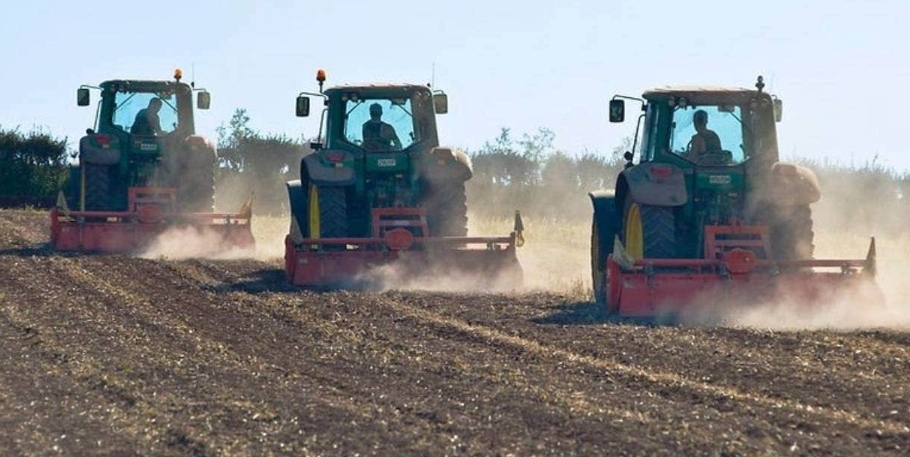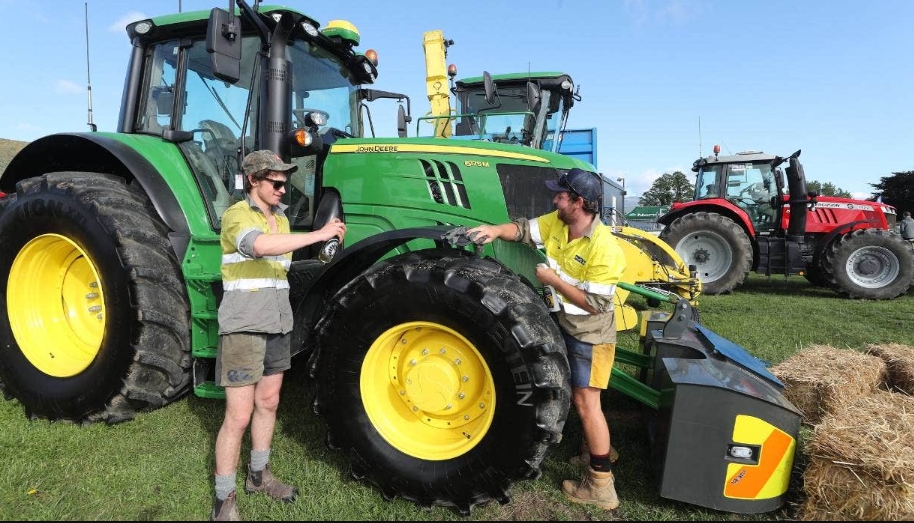After a strong year of sales in 2022, the tractor and machinery industry has experienced a decline, returning to levels comparable to 2021. This has raised uncertainties about the industry’s performance in the coming months.
According to Kyle Baxter, the president of the Tractor and Machinery Association, tractor sales had a remarkable year in 2022, but the momentum has not carried over into 2023.
“The market is showing signs of slowing down and returning to 2021 levels. It remains uncertain whether this trend will continue in the next six to nine months, as there are several challenges and headwinds facing the industry,” said Kyle Baxter.
According to the latest statistics from the Tractor and Machinery Association, the sales of tractors in New Zealand have declined significantly. In February, a total of 193 tractors were sold, marking a 35% decrease compared to the same month last year when 298 tractors were sold. Year-to-date, only 440 tractors have been sold, down 25% from 592 sold during the same period in 2022.

The sales of the largest tractors, those with 200hp and above, have been the only segment to show an increase in 2023. In February, 28 tractors in this category were sold, up from 18 sold in February 2022. Year-to-date, a total of 53 tractors of 200hp and above have been sold, compared to 41 for the same period in 2022.
Baxter attributed the decline in tractor sales to delays in deliveries, as they take longer to arrive. He also noted that the price range for tractors is typically between $200,000 to $400,000 per unit. Sales of the smallest horsepower tractors, catering to the lifestyle market (up to 40hp), have decreased, and there has also been a decline in tractor sales for horticulture and dairying.
“They are facing more challenges with headwinds, and there is a sense of angst and uncertainty in the market due to various factors, including the climate. Dealerships will be closely monitoring their order books to gauge the key trend – whether they are 60 to 70% full or just 20% full.”
According to Baxter, it’s difficult to estimate the number of tractors and machinery that were damaged during Cyclone Gabrielle. Farmers now face the tough decision of whether to invest in repairing the damaged equipment or purchasing new machinery. The majority of tractors in New Zealand, about 70%, are imported from Europe, while 15% come from Asia, and the remaining portion from North America.
The North Island experienced the biggest decline in tractor sales, with only 122 units sold in February 2023, down 40.2% compared to February 2022 when 204 units were sold. In the year to date, a total of 272 tractors were sold in the North Island, representing a decline of 30.6% compared to the same period in 2022 when 392 units were sold.
In the South Island, 71 tractors were sold in February 2023, down 24.5% from 94 units sold in February 2022. In the year to date, a total of 168 tractors were sold in the South Island, reflecting a decrease of 16% compared to 200 units sold in the same period in 2022.

